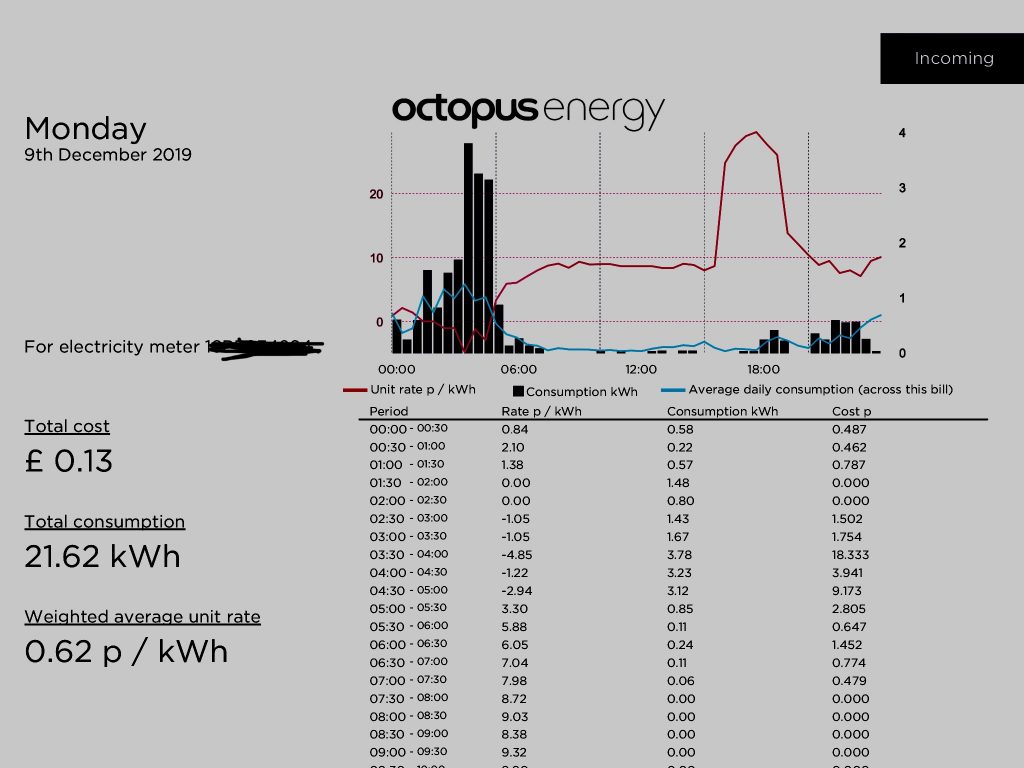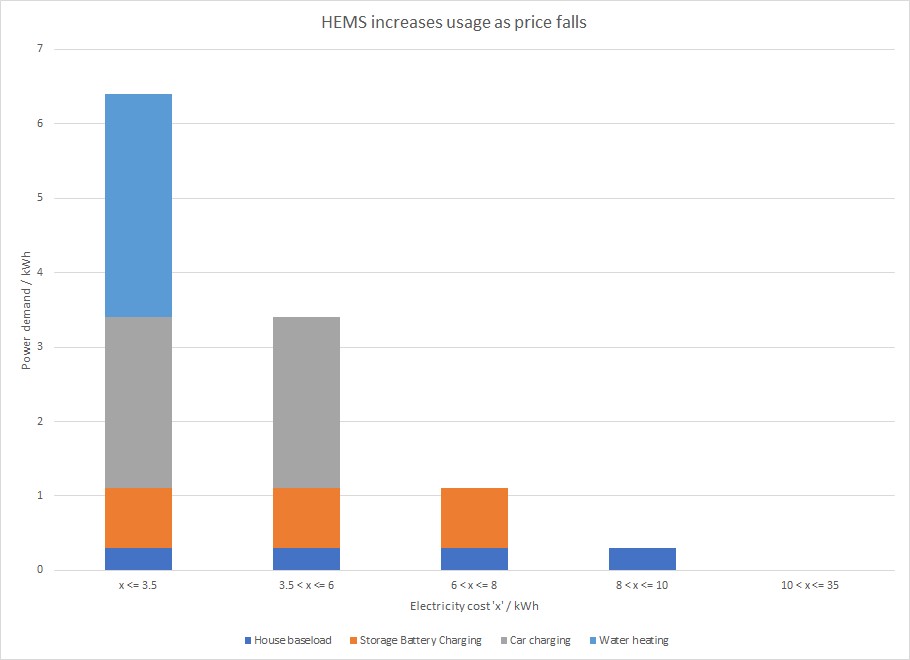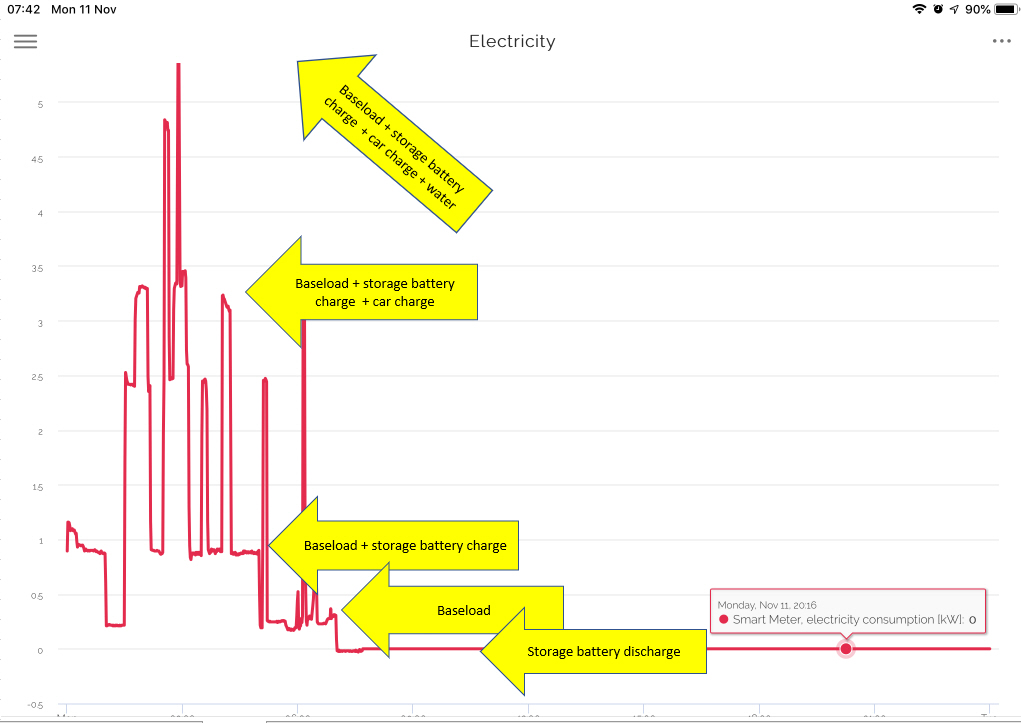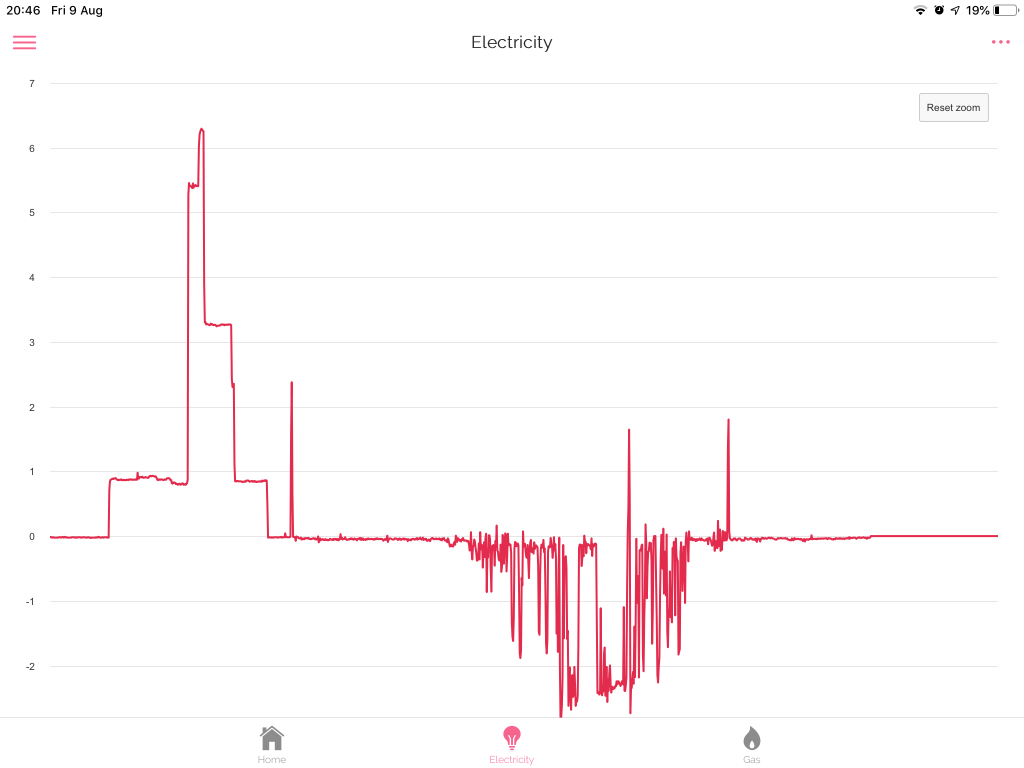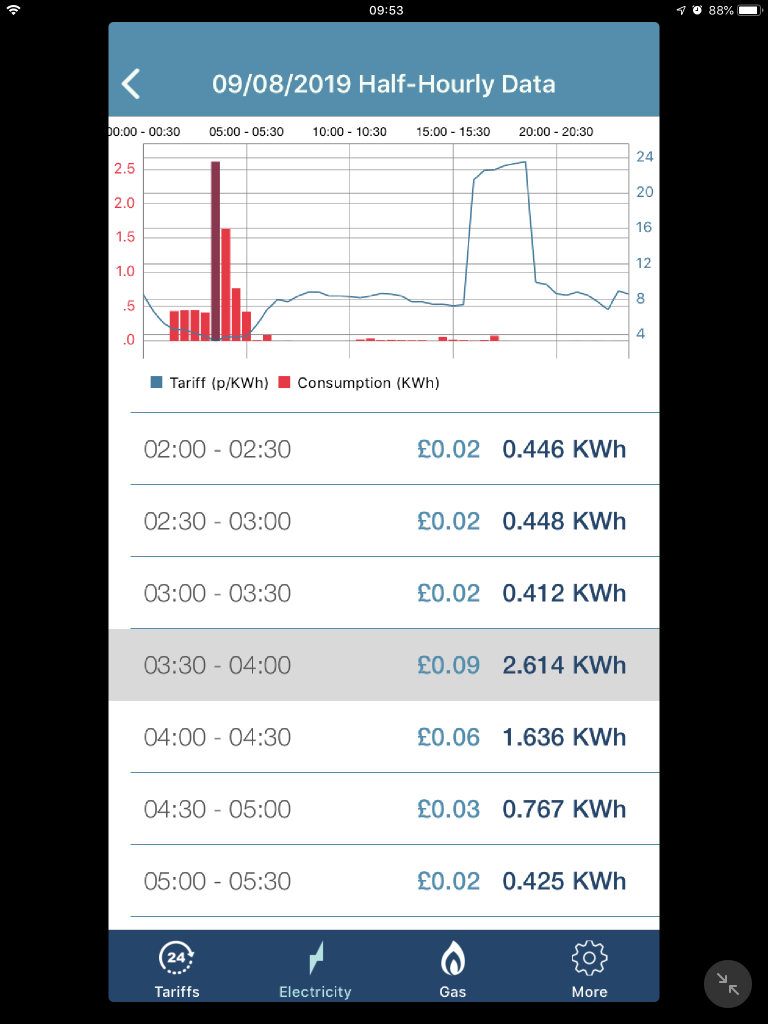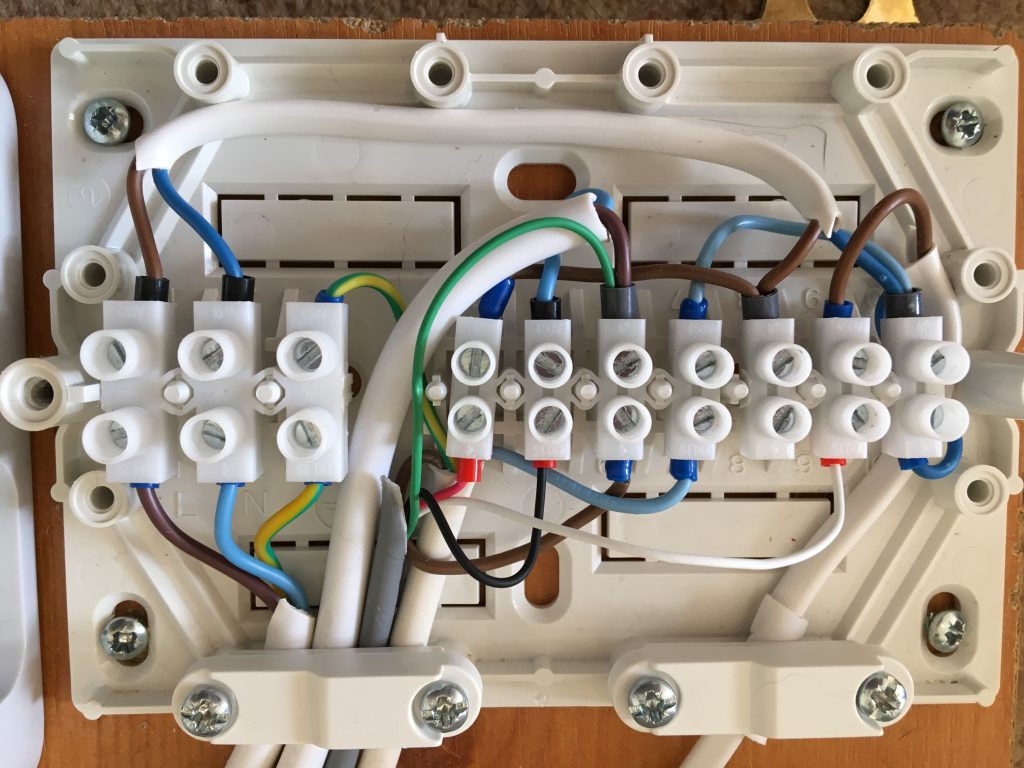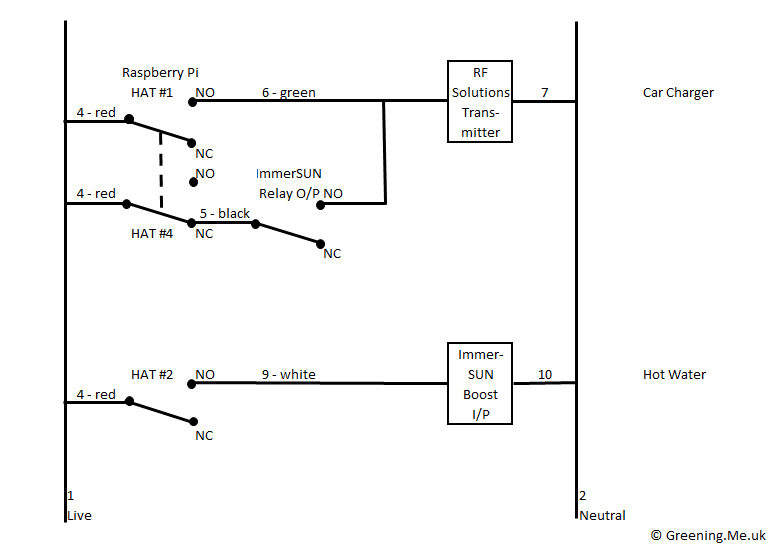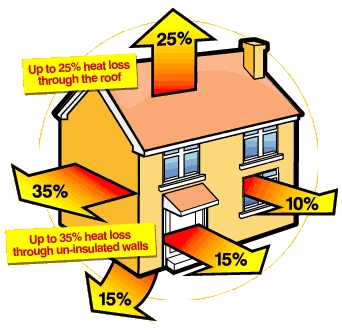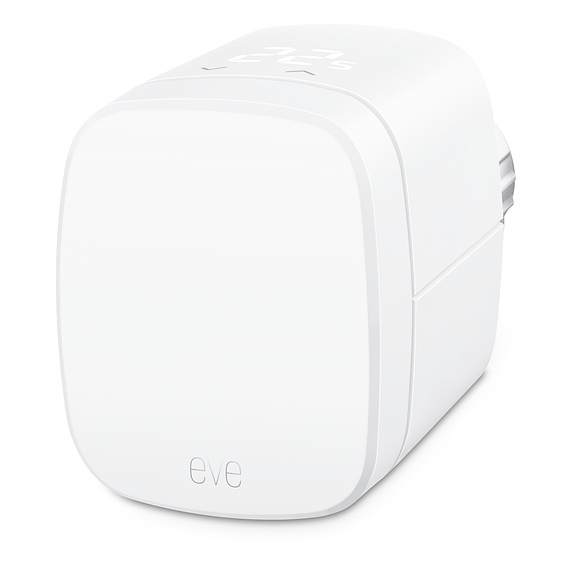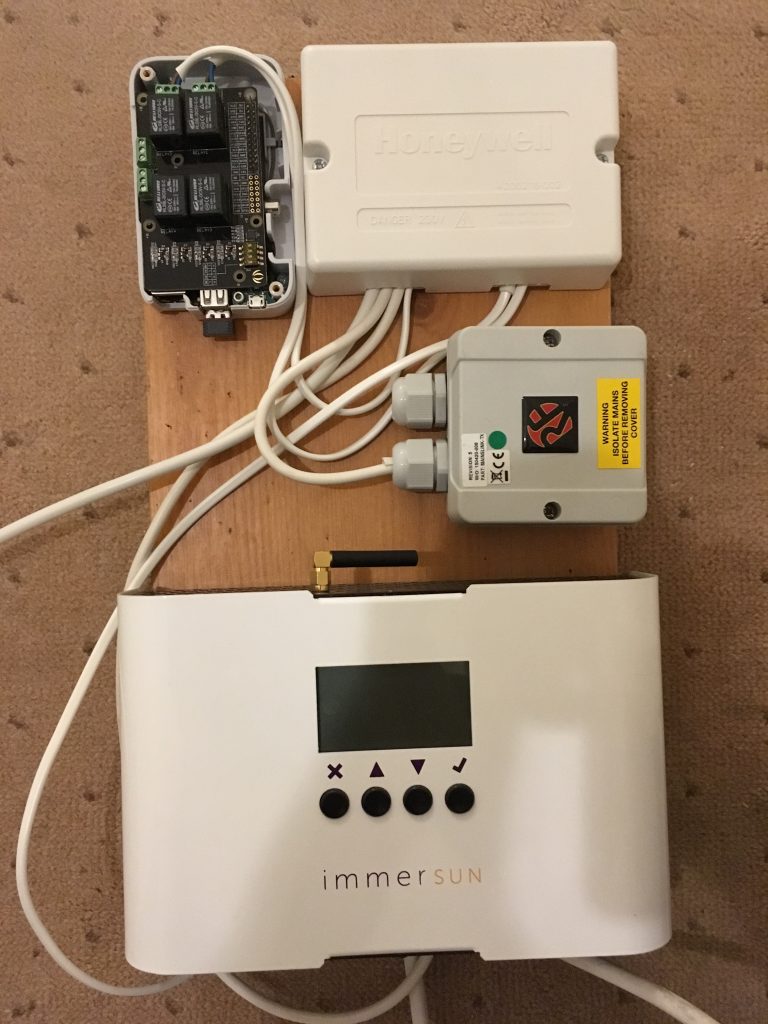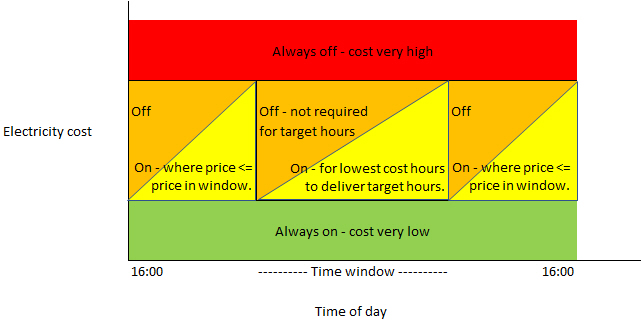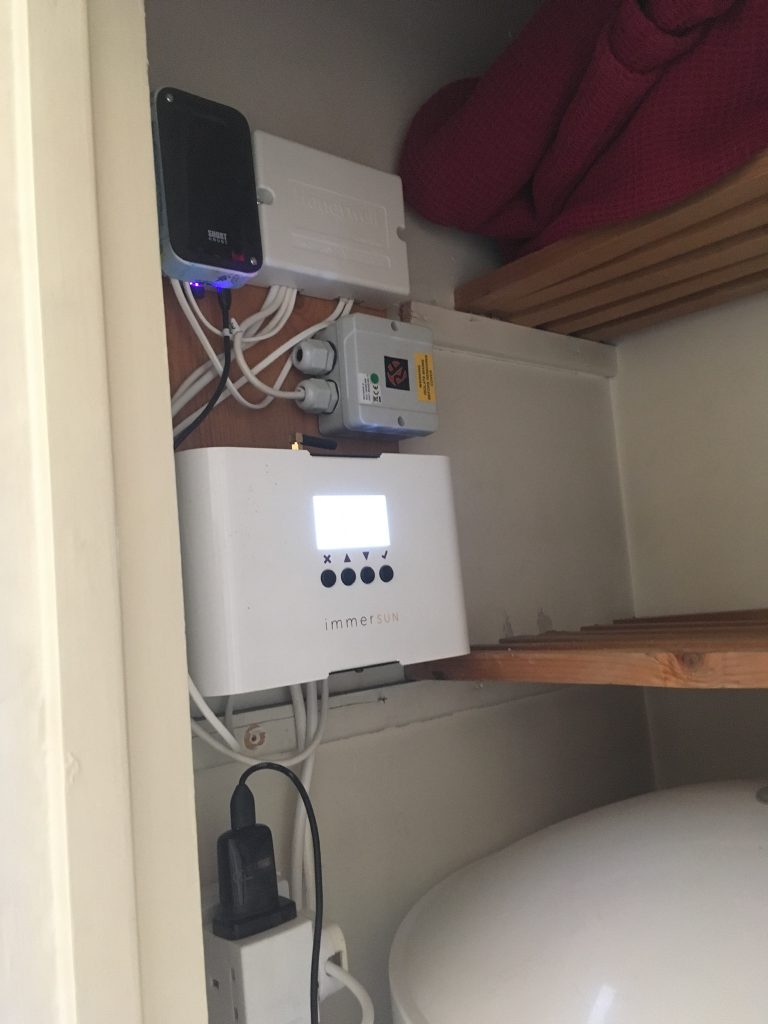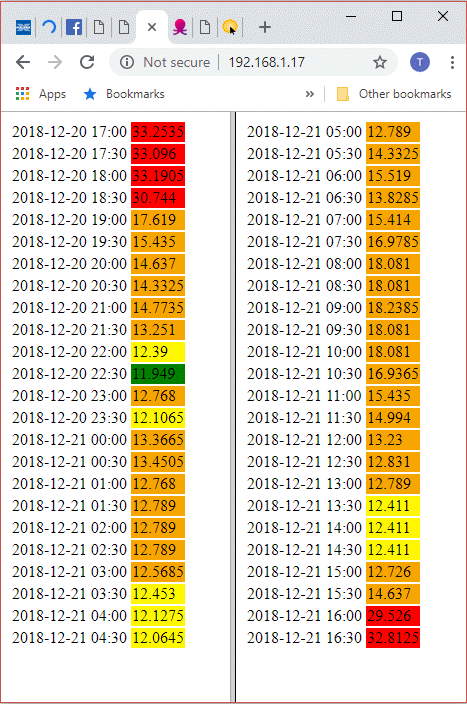My holiday project is to create a Home Energy Management System (HEMS) able to optimise the costs to charge my electric car. I currently have a smart energy tariff where the electricity costs can vary each half hour and day-to-day as a function of market price variations, The role of the HEMS is to select the cheapest time to charge the car. It will potentially control other loads in future, although car charging is my priority.
The HEMs is creating using a small computer called a raspberry pi which can read the electricity prices from my supplier when they are updated each day. Software of my own creation then decides when to turn a relay on or off to enable/disable the car charger, A configuration file can be edited to influence its behaviour. A charging schedule is built once daily and then a seperate process actions the schedule every half hour. An existing radio link, which is already used to automatically enable my charger when the solar panels are in surplus, will signal that the charger should be enable or disabled.
I now have the HEMS running on my desk, although it’s not yet mounted in a case or wired to the transmitter. I have also created a small webpage to show the status.
The webpage shows the 48 half-hour blocks between 5:00 PM one day and 5:00 PM on the next day. Each block shows the time, electricity price per kWh, and the resulting car charger schedule. It should be noted that there’s often much more variation in price through the day than is illustrated here. Indeed sometimes the price can go negative.
The green block indicates a period where the price is below a floor price. The car charger is activated any time that the price drops below the floor price.
The yellow blocks indicate that the charger will be enabled for a total of 3 hours (2.5 yellow plus 0.5 existing green) within a user-defined time window to achieve an acceptable state of charge by next morning. The user can define both the time window and the number of hours of overnight charging required. A further block of yellow occurs outside the window in the afternoon where the price is within the range of these cheapest hours within the window,
The orange blocks indicated when the charger could be enabled if more hours of charging were required than the 3 hours currently specified by the user.
Finally, the red blocks indicate where the price exceeds a user-defined ceiling price at which charging will not occur.
My next steps are to do a little more testing on the bench while I await delivery of the case, install the system into the case, and then install it in the airing cupboard.
In the longer term, my chosen hardware can switch up to four mains electrical loads. I anticipate adding the immersion heater so that hot water can be made when the electricity price falls sufficiently to make that attractive versus solar or gas. I could also enable some underfloor electric heating, but the costs to transmit a suitable control signal across the house would not be recovered by the small energy saving.
